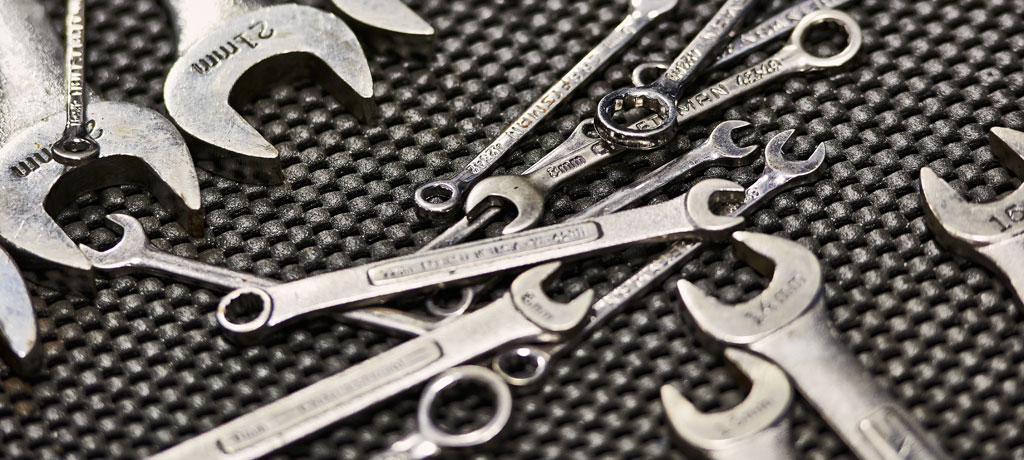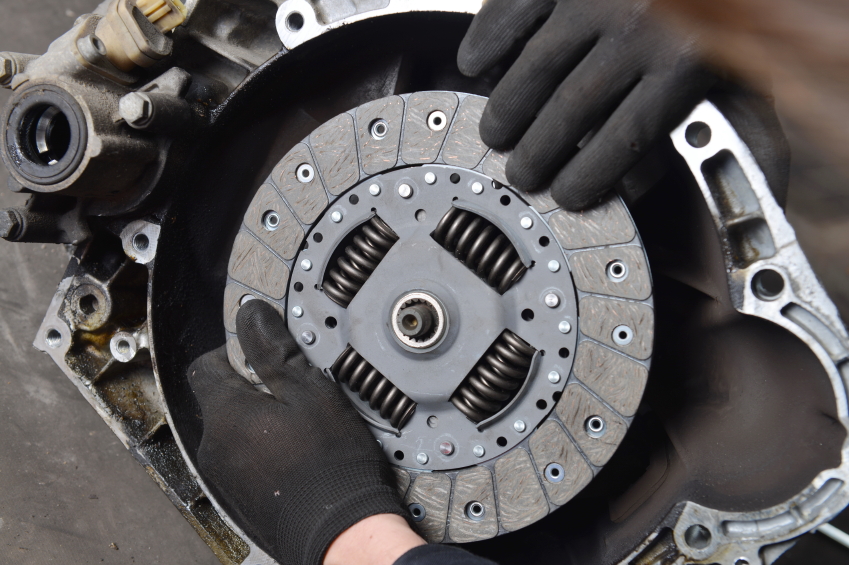If you drive a manual transmission vehicle, it may surprise you to learn that your automobile has multiple clutches. Then again, it might surprise you to learn that your car has a clutch at all! The clutch is an automotive part that you might not know much about. We’ll explain what it does for your vehicle and common issues associated with it.
What is a Clutch?
Clutches are used in any device that has two rotating shafts. In most of these two-shaft devices, one is driven by a pulley or a motor. The other drives some separate component. The clutch works by connecting the pair of shafts, allowing them to be locked together to spin at the same speed; or, to decouple and move separately from one another.
In a car, you have an engine that spins all the time, but of course, you also have wheels that only spin some of the time. How, then, do you stop the car from moving without simply killing the engine? The answer: You have to decouple the wheels from the engine. And that’s where the clutch comes in.
Essentially, the purpose of the clutch is to allow a driver to easily connect a spinning engine to a non-spinning transmission and to control the slippage between them.
Different Types of Clutch
Of course, there are different types of clutch in different vehicles. If yours is an automatic transmission, then the car will likely have multiple clutches working. These clutches engage and disengage different sets of planetary gears. Pressurized hydraulic fluid puts each clutch into motion. You also have an electromagnetic clutch in your air conditioning compressor, and, if the vehicle has an engine-driven cooling fan, you have a separate clutch for that as well. And while not all vehicles have them, some come with limited slip differentials—basically, special clutches to help increase your vehicle’s traction.
Common Clutch Problems
As with any part of your vehicle, a clutch can wear down over time; if that happens, it’s important to have repairs made as urgently as possible. Even a clutch that is properly taken care of is liable to break down at roughly 80,000 miles or so, though this can obviously vary. A poorly cared for clutch may go out after just 35,000 miles!
But how do you take care of your clutch? It’s not something that you can tangibly care for or visibly inspect. As such, the best answer is to simply invest in routine auto maintenance. Take your car in for inspections on a regular basis, and replace or repair the clutch when you’re advised to do so.
Clutches are key components for keeping your vehicle running smoothly. Make sure you’re aware of their important functionality and care for them as needed!






